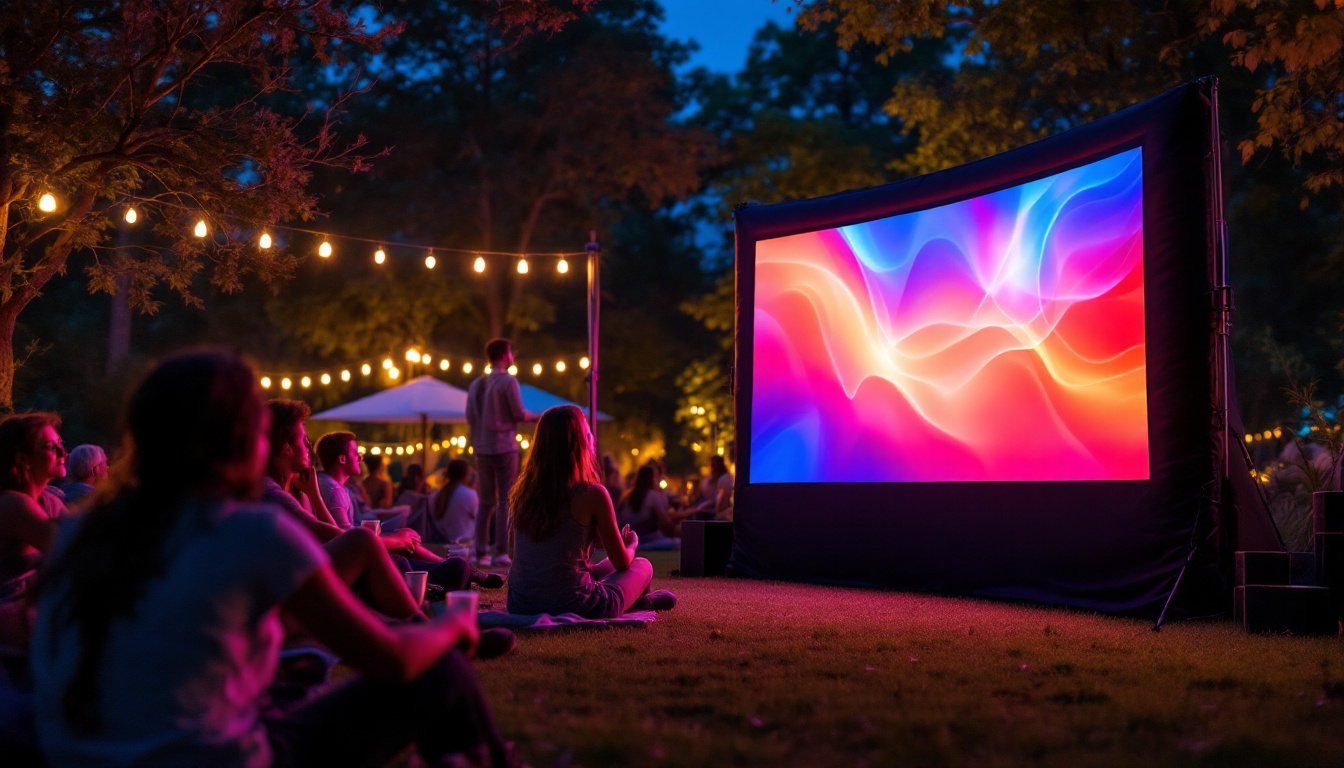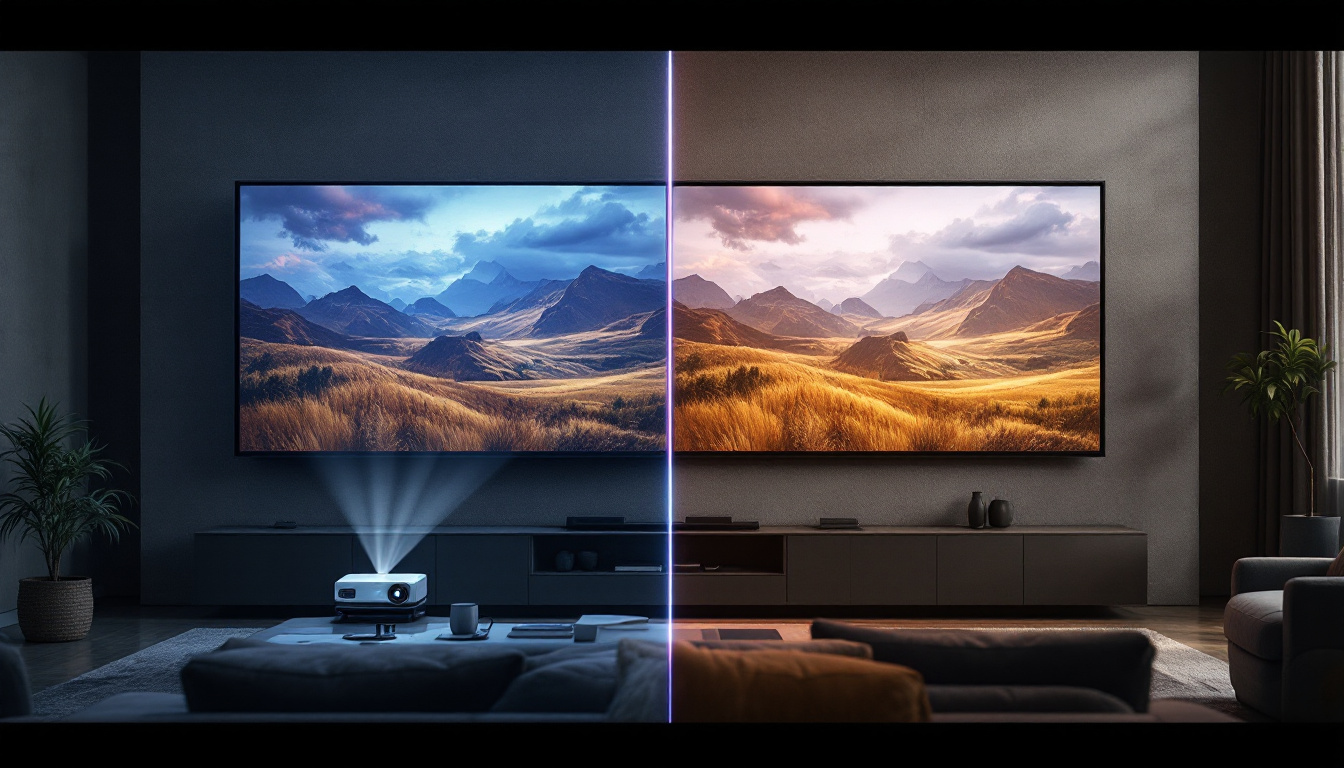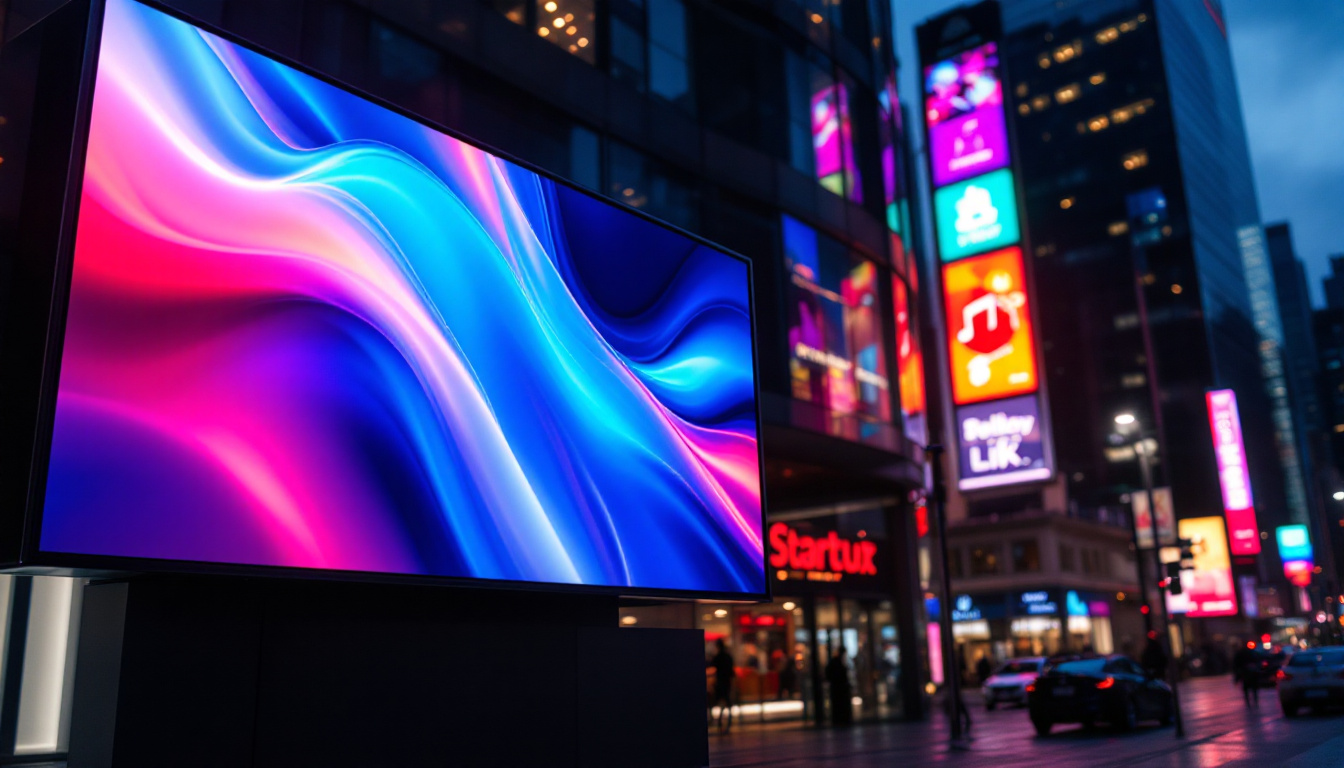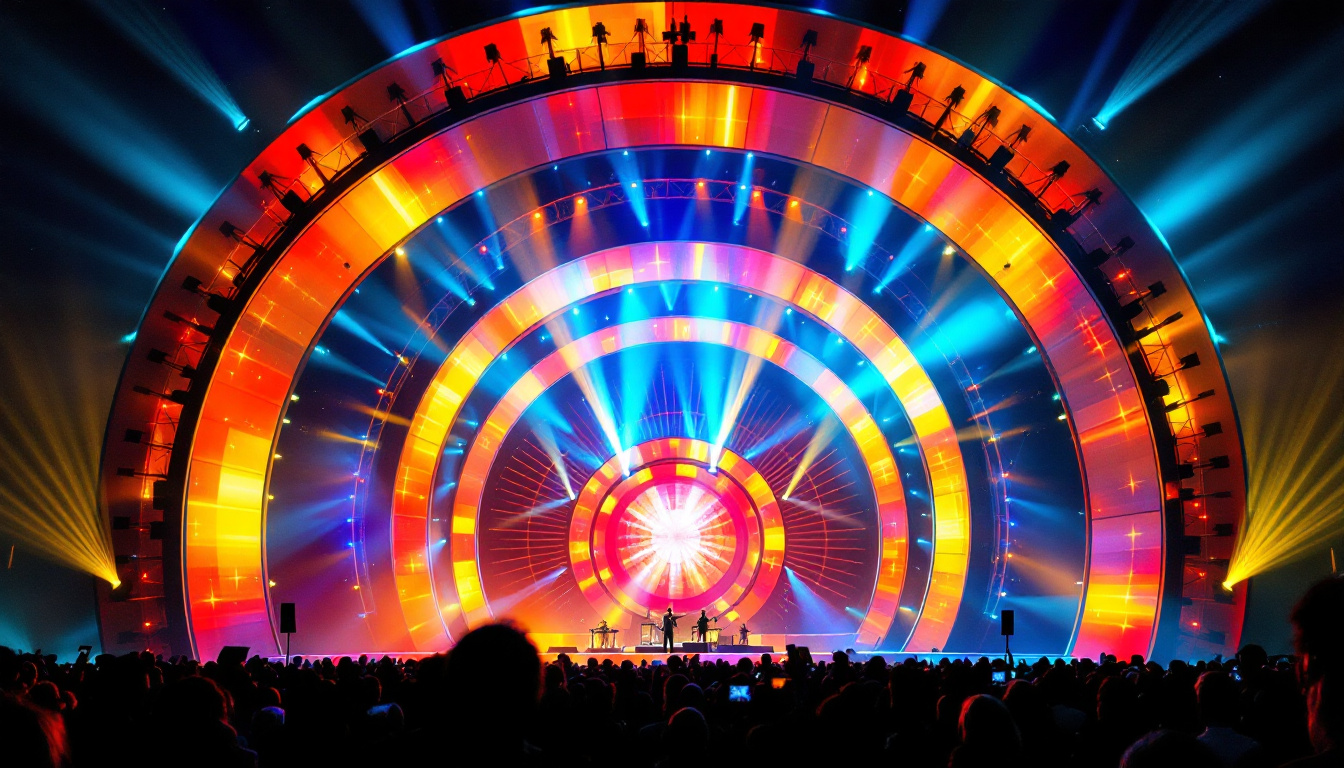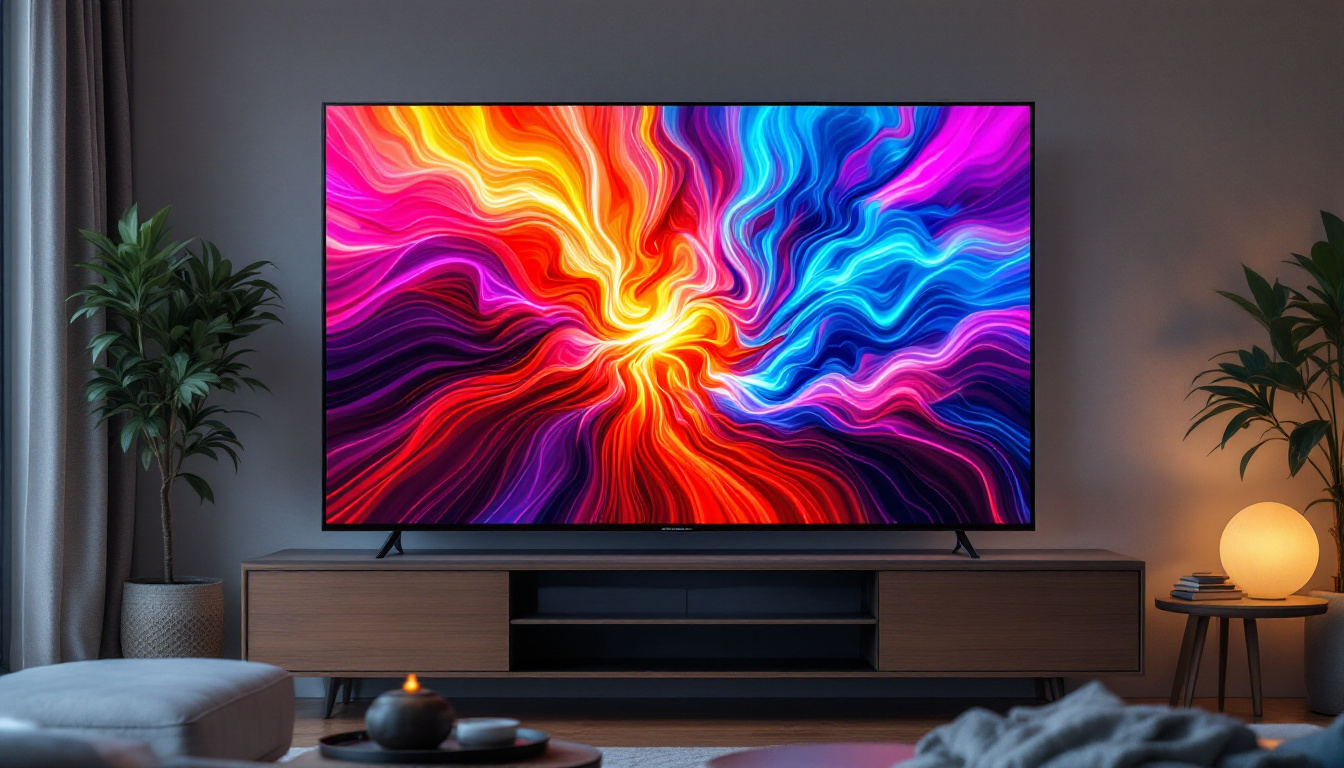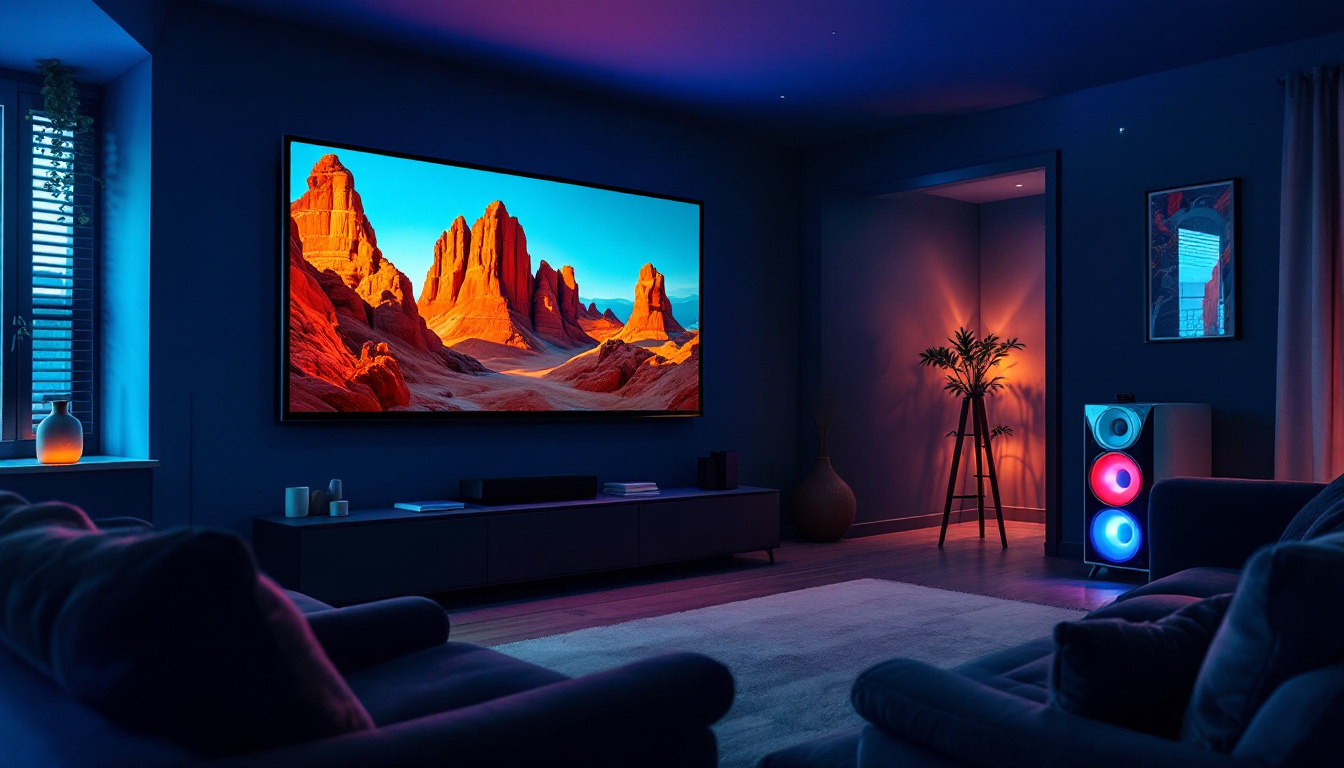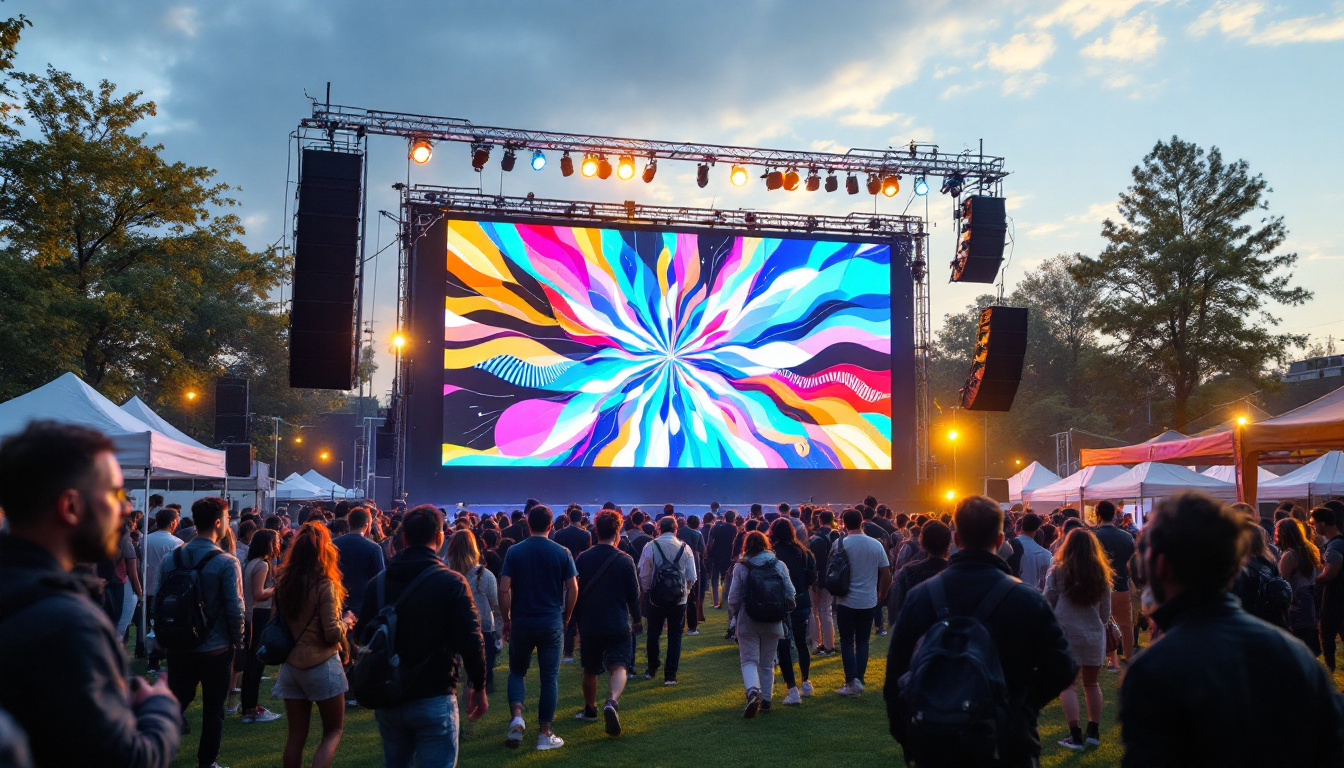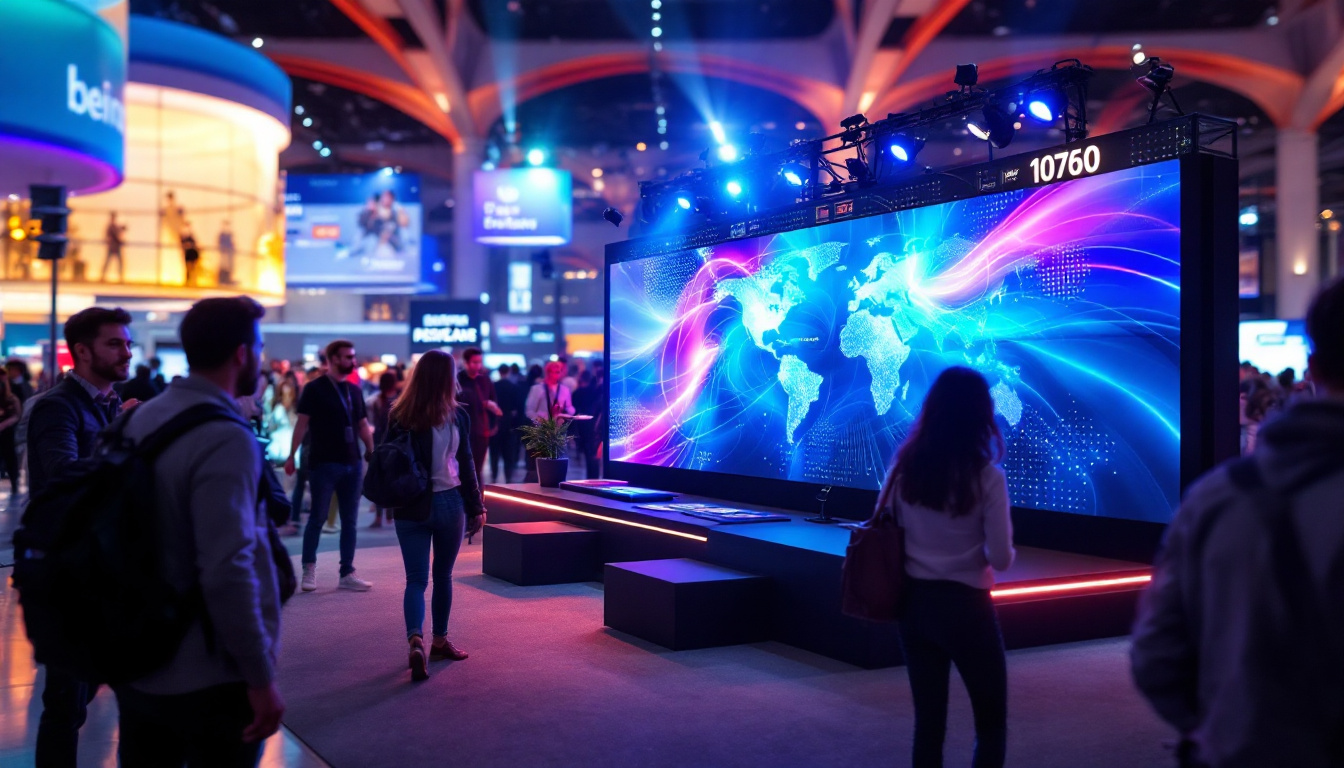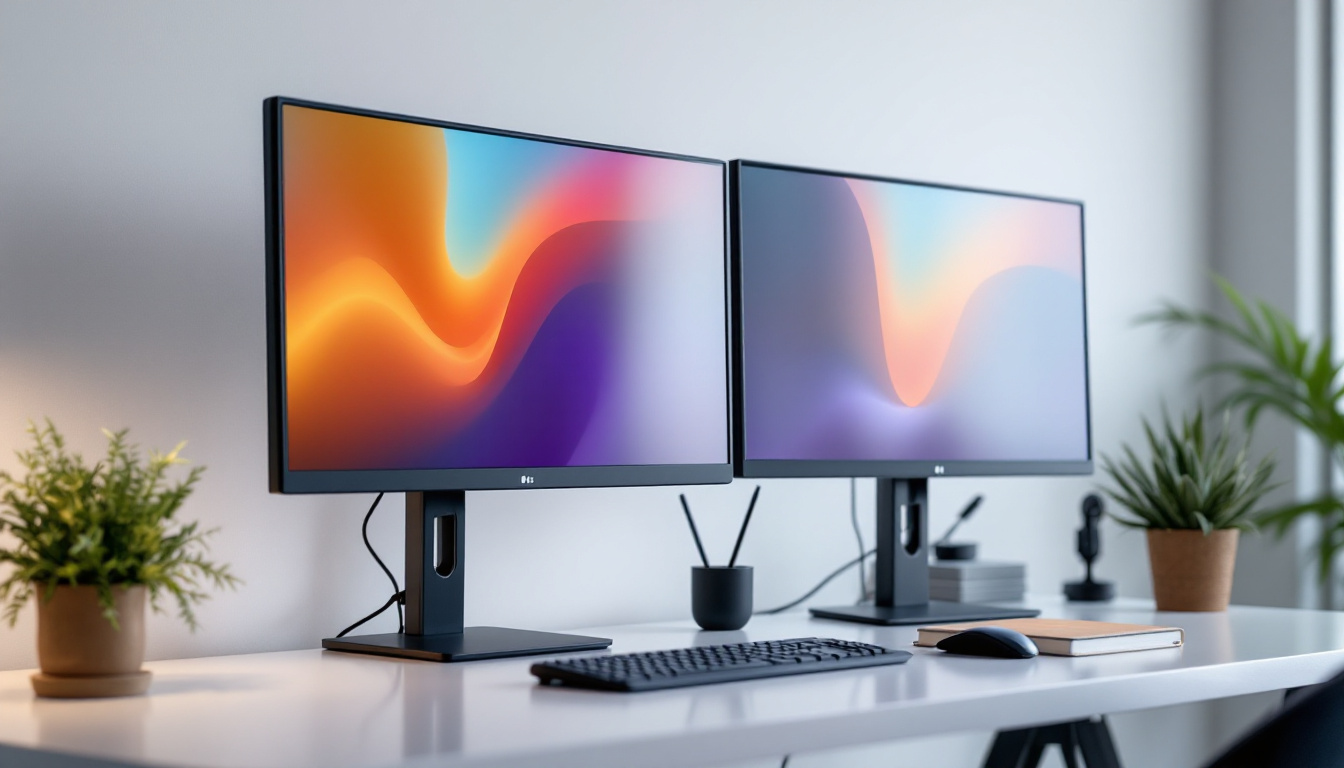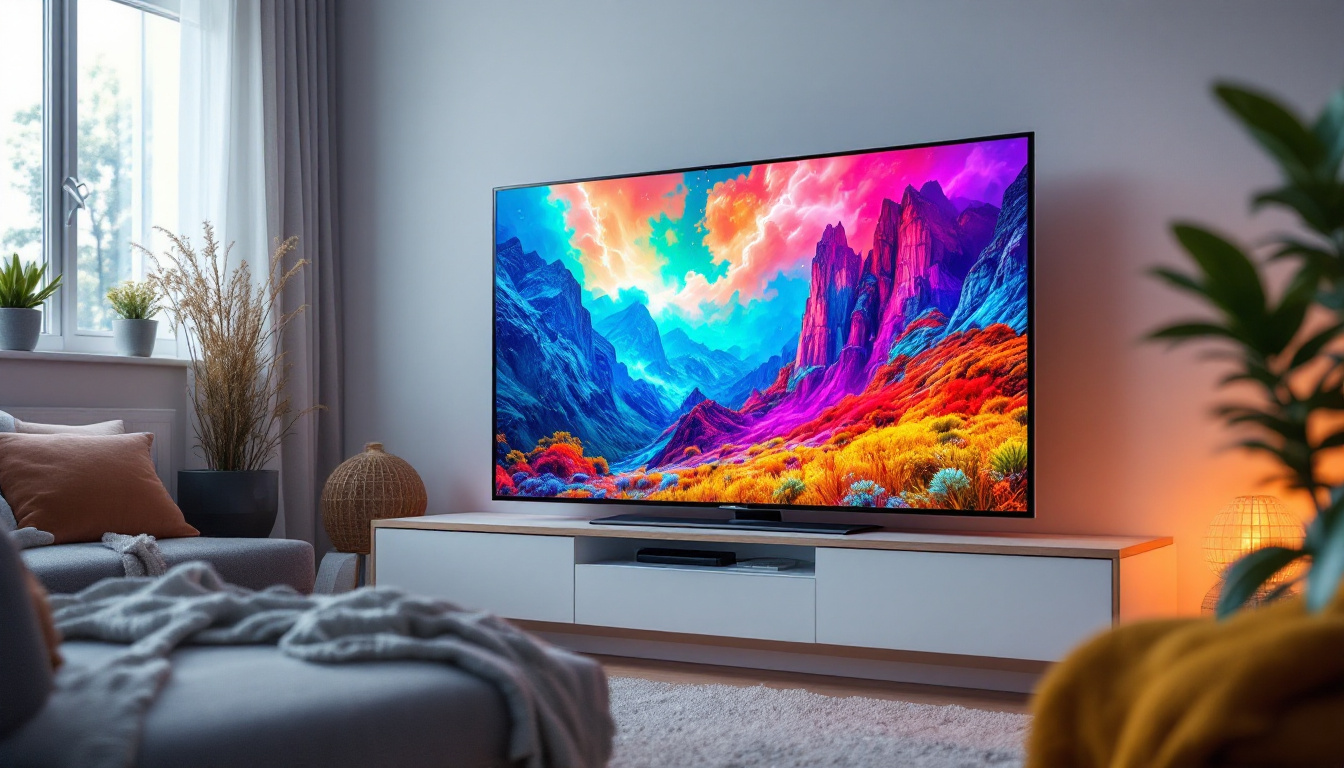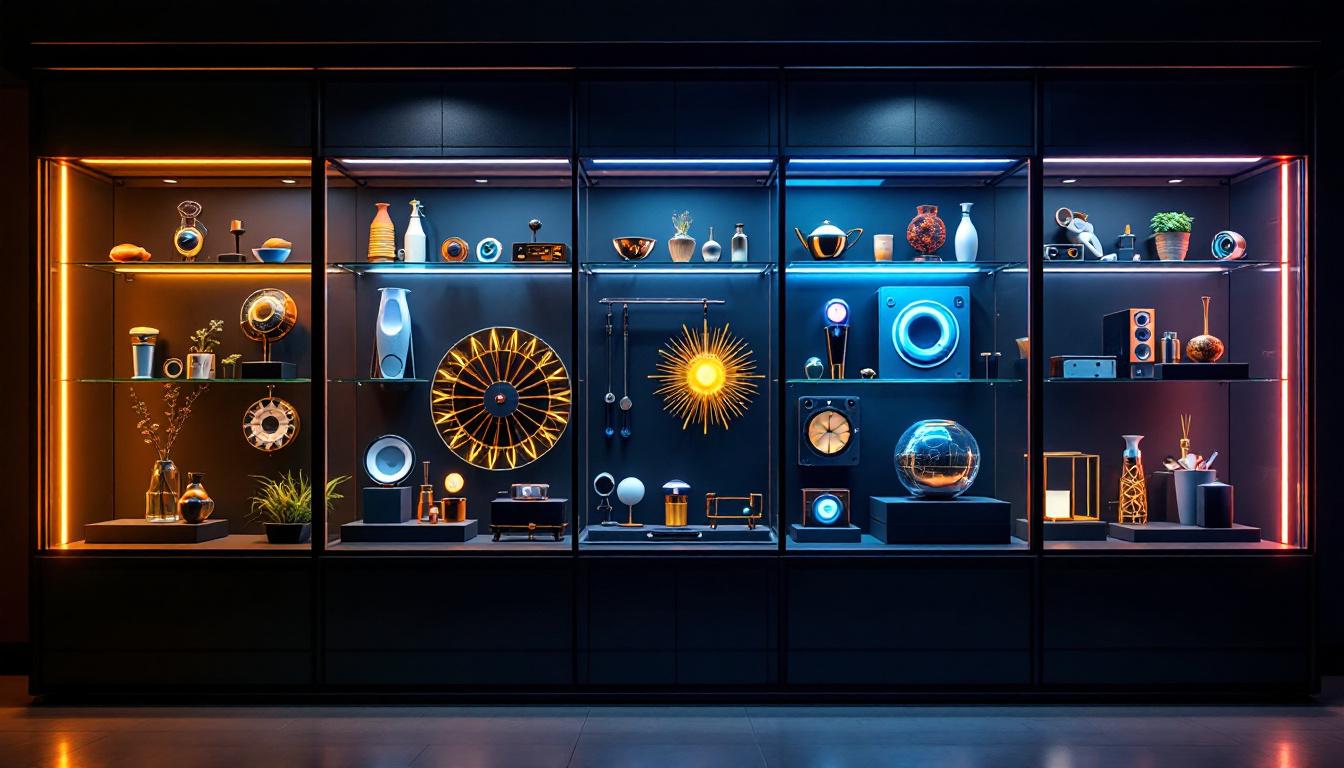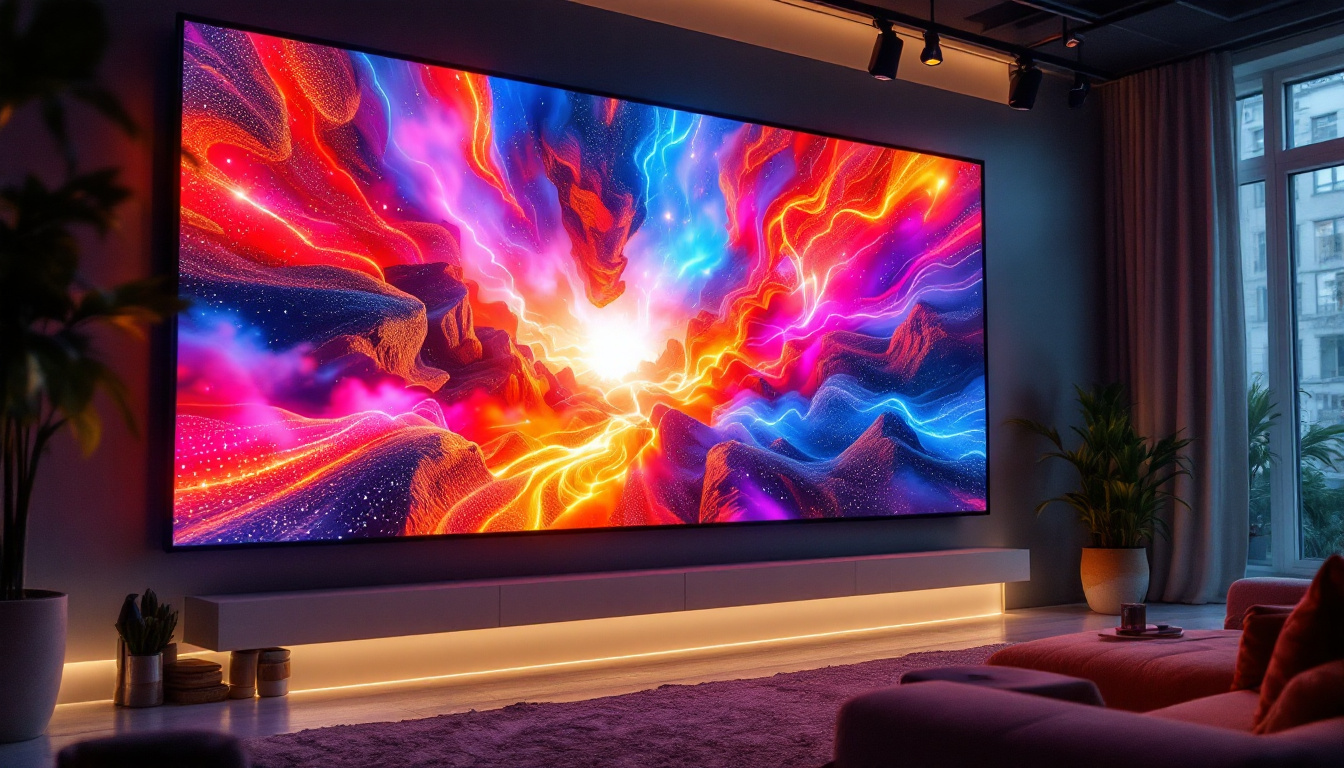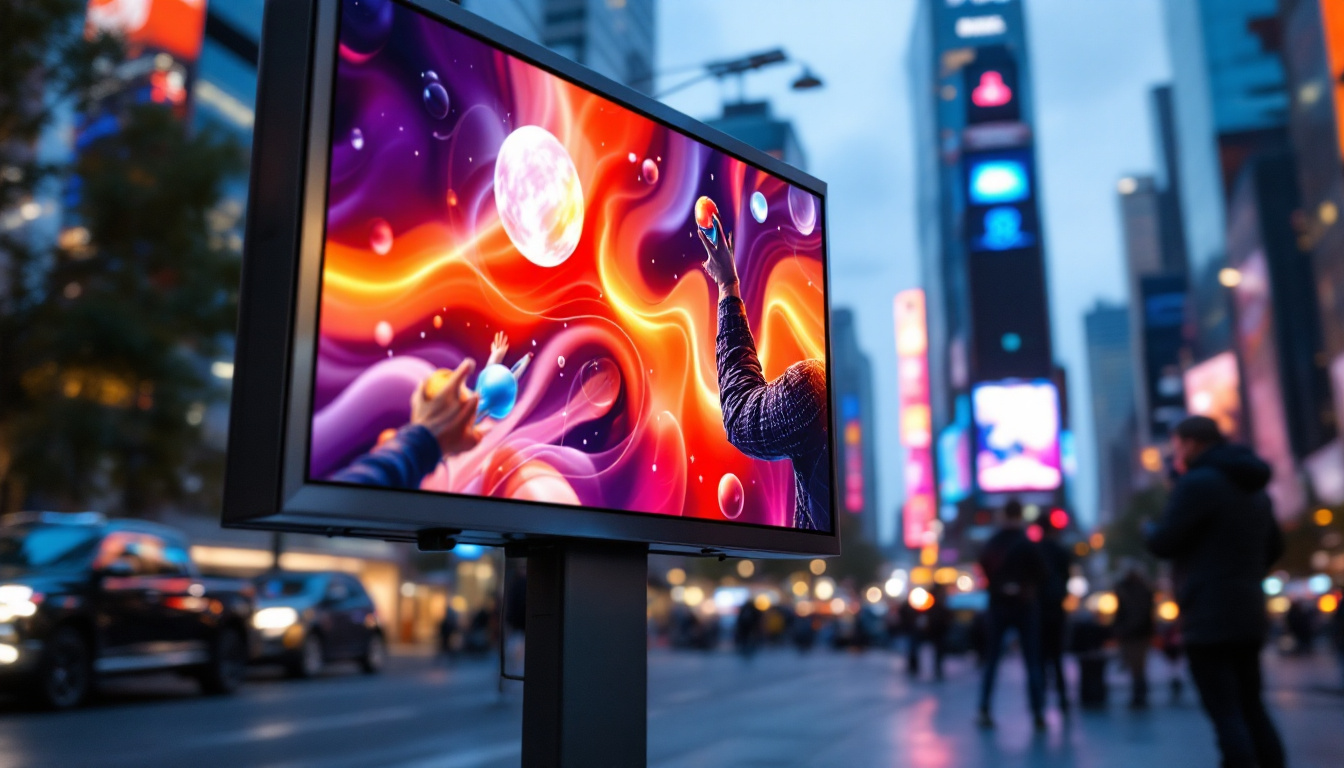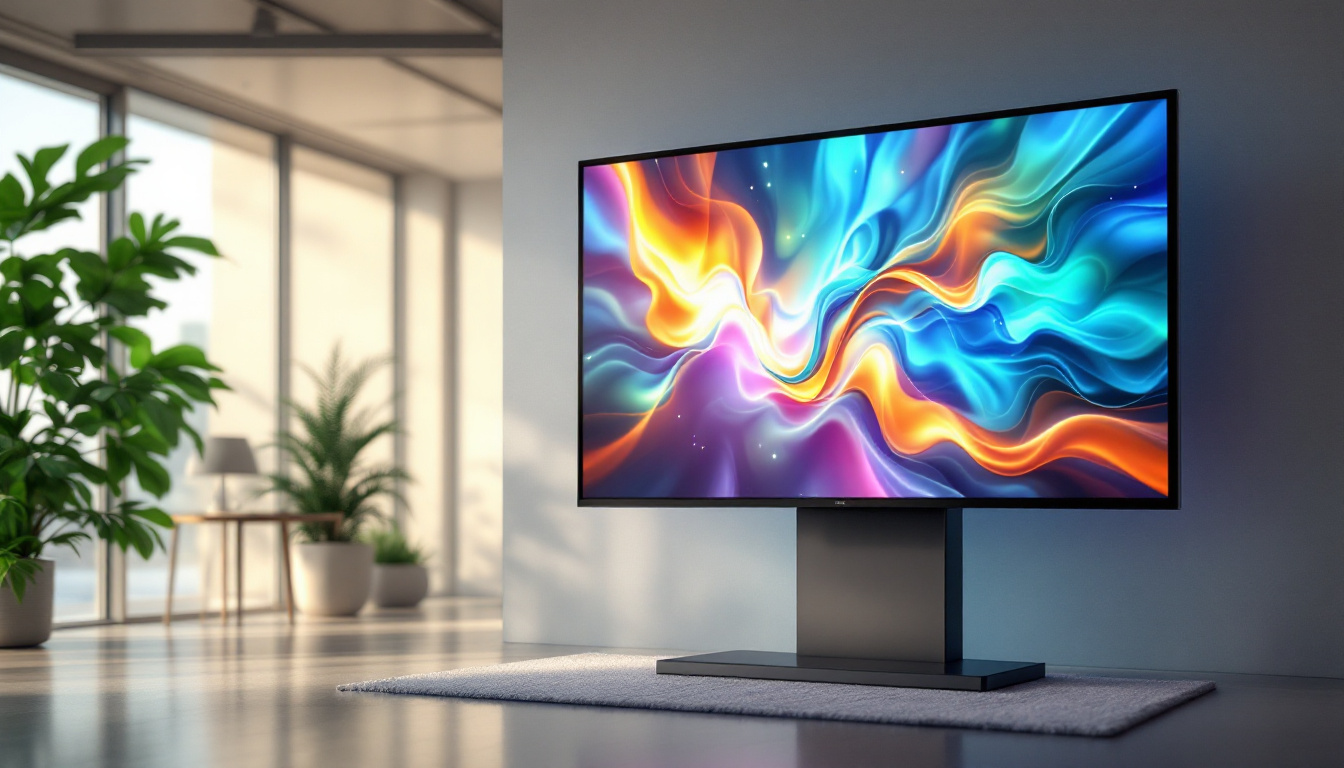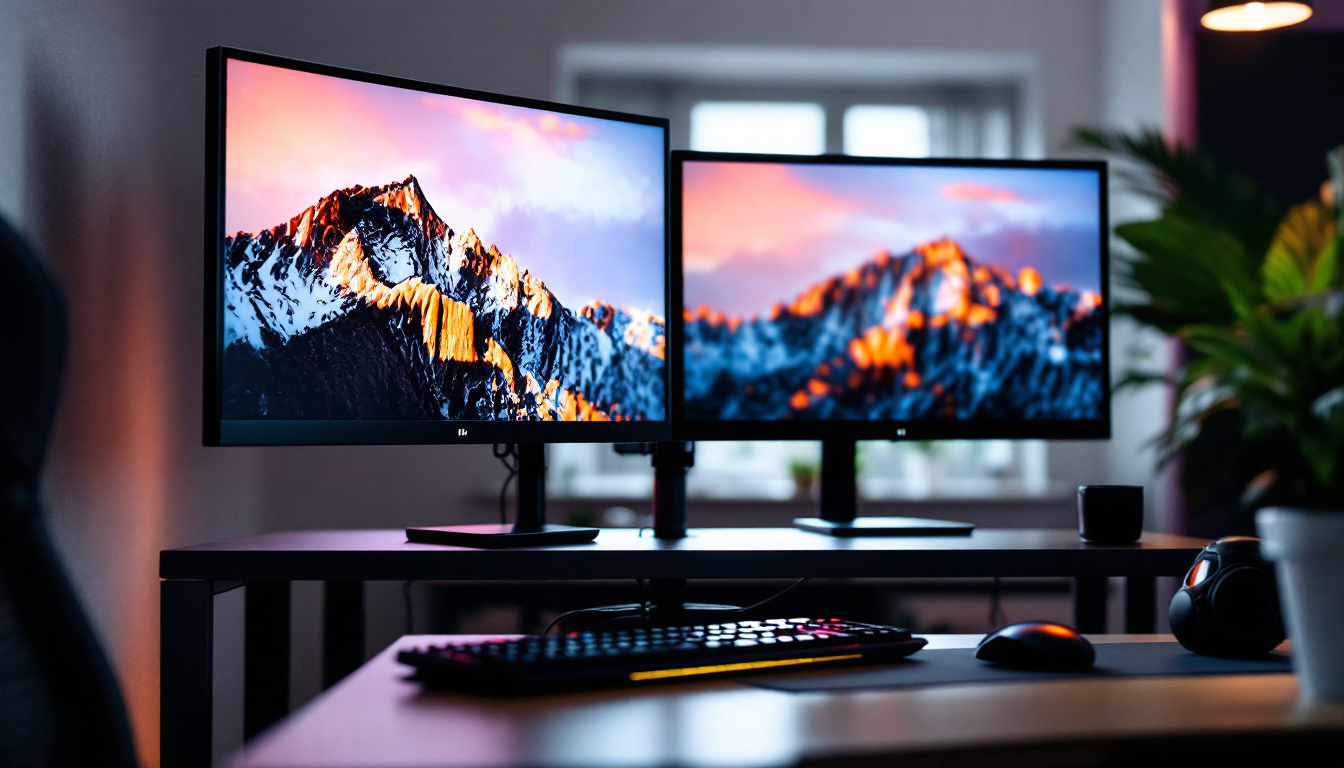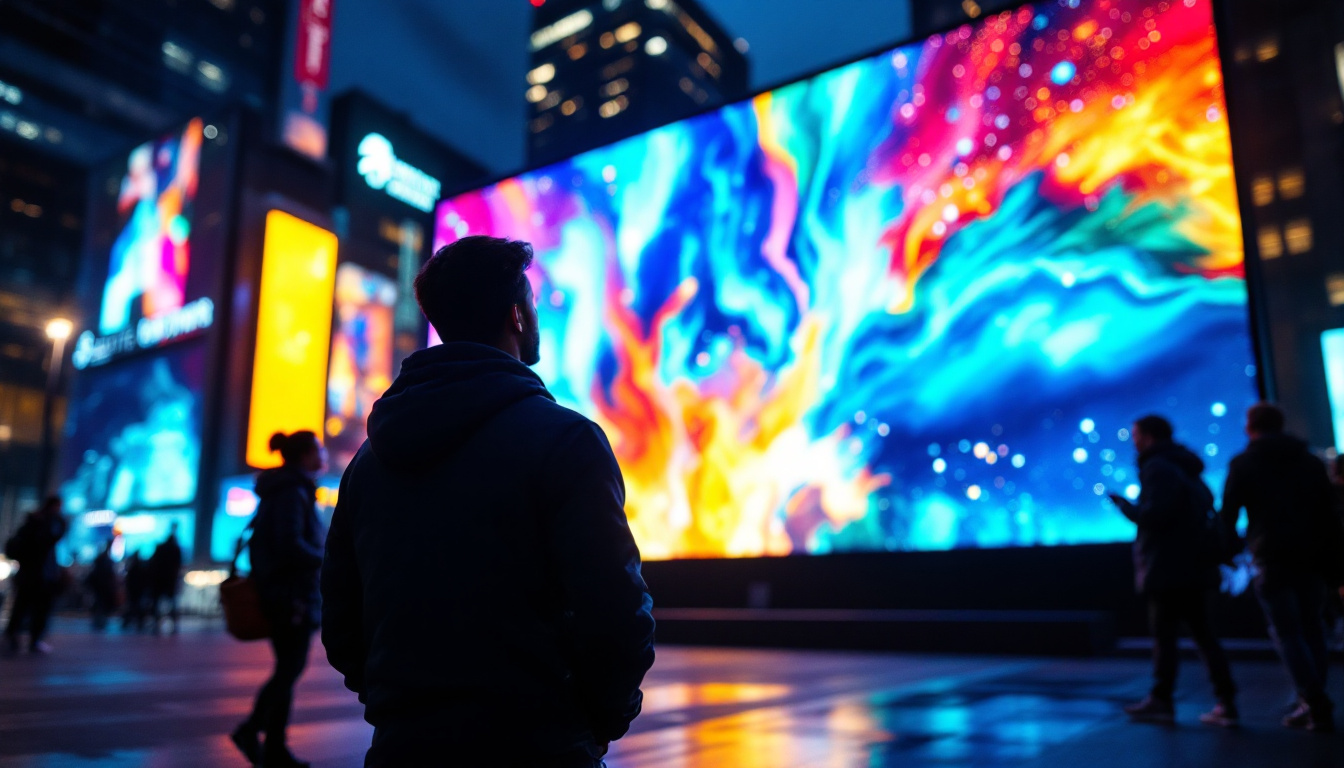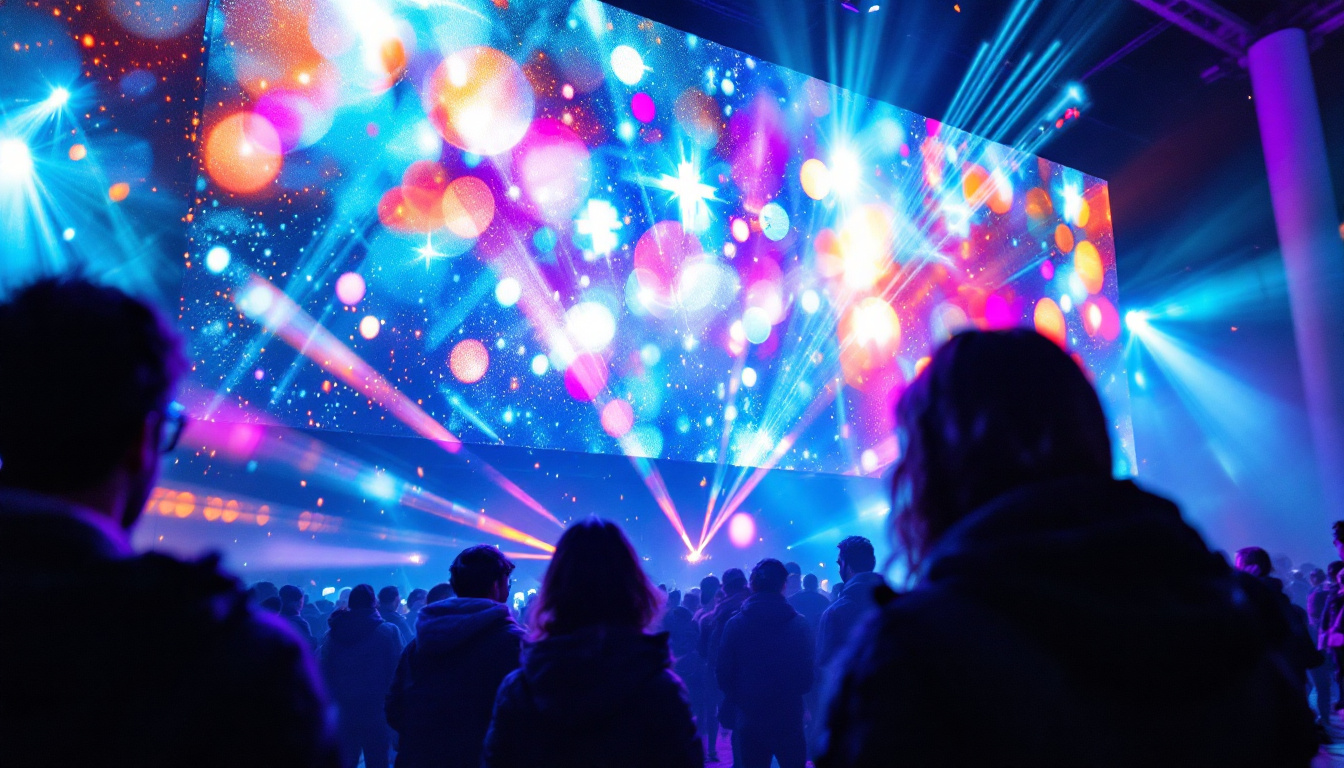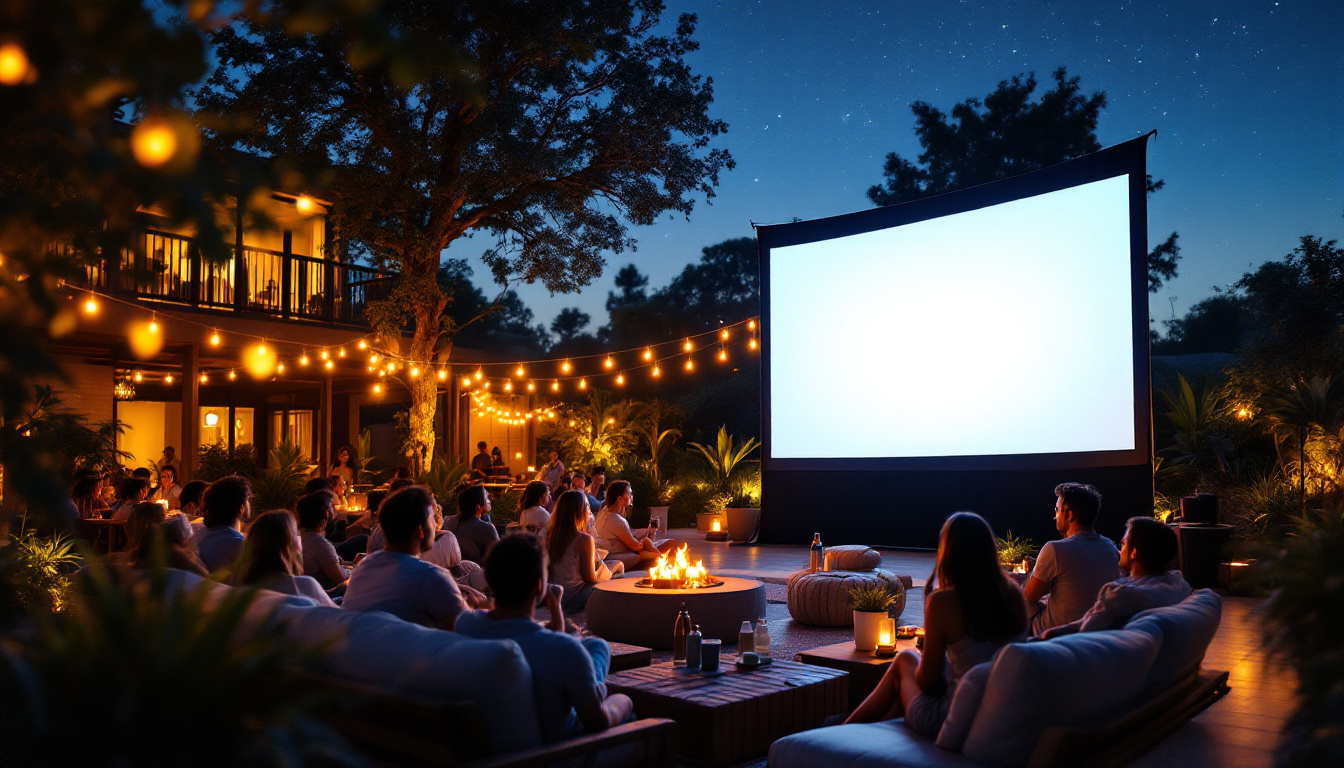In an age where entertainment is increasingly mobile, the demand for portable movie screens has surged. These screens, particularly those utilizing LED technology, have revolutionized the way films and presentations are experienced outdoors or in unconventional settings. This article delves into the intricacies of portable movie screens, focusing on LED displays, their advantages, applications, and how they compare to traditional projection systems.
Understanding Portable Movie Screens
Portable movie screens are designed to be easily transported and set up, making them ideal for various events such as outdoor movie nights, corporate presentations, and even backyard gatherings. Unlike traditional screens that may be fixed in one location, portable options offer flexibility and convenience.
Types of Portable Movie Screens
There are several types of portable movie screens available on the market, each catering to different needs and preferences. The most common types include inflatable screens, tripod screens, and fast-fold screens. Inflatable screens are particularly popular for outdoor events due to their large size and ease of setup. Tripod screens, on the other hand, are more compact and suitable for indoor use, while fast-fold screens offer a professional appearance and are often used in corporate settings.
Each type has its own unique features, making it essential for users to assess their specific requirements before making a purchase. Factors such as size, weight, and ease of assembly play a crucial role in determining the best option for any given event.
Why Choose LED Displays?
LED displays have gained prominence in the realm of portable movie screens due to their superior brightness, energy efficiency, and vibrant color reproduction. Unlike traditional projection screens that rely on ambient light, LED screens emit their own light, making them ideal for daytime use without the need for darkened environments.
Moreover, LED technology offers a wider viewing angle, ensuring that audiences can enjoy a clear and vivid picture from various positions. This characteristic is particularly beneficial for large gatherings where attendees may be seated at different angles relative to the screen.
Advantages of LED Portable Movie Screens
LED portable movie screens come with a plethora of advantages that set them apart from conventional projection systems. Understanding these benefits can help users make informed decisions when selecting a screen for their events.
Superior Image Quality
One of the most significant advantages of LED displays is their exceptional image quality. With high resolution and vibrant colors, LED screens deliver sharp and clear visuals that enhance the viewing experience. This quality is especially important for cinematic presentations where detail and color accuracy can significantly impact audience engagement.
Furthermore, LED technology minimizes issues such as motion blur and ghosting, which can detract from the viewing experience, particularly during fast-paced scenes. This clarity ensures that audiences remain captivated, whether watching a blockbuster movie or a corporate video.
Energy Efficiency and Longevity
LED displays are known for their energy efficiency, consuming significantly less power compared to traditional projection systems. This efficiency not only reduces operational costs but also makes LED screens a more environmentally friendly option. Additionally, LED technology boasts a longer lifespan, often exceeding 50,000 hours, which means less frequent replacements and lower maintenance costs.
This longevity is particularly advantageous for businesses that rely on portable screens for multiple events throughout the year, as it ensures consistent performance without the need for frequent upgrades.
Ease of Setup and Portability
Another compelling reason to choose LED portable movie screens is their ease of setup and transportation. Many LED screens are designed to be lightweight and compact, allowing for quick assembly and disassembly. This feature is crucial for event planners and hosts who may need to set up multiple screens in a short amount of time.
Additionally, the portability of LED screens means they can be easily transported in standard vehicles, making them ideal for various locations, from parks to beaches or even indoor venues. This flexibility opens up a world of possibilities for outdoor movie nights and corporate events.
Applications of Portable Movie Screens
The versatility of portable movie screens makes them suitable for a wide range of applications. From entertainment to education, these screens can enhance various experiences.
Outdoor Movie Nights
One of the most popular uses for portable movie screens is hosting outdoor movie nights. Families and communities can gather in parks or backyards to enjoy films under the stars. The combination of LED technology and a portable screen creates an immersive experience that rivals traditional cinema settings.
Event organizers can easily set up a large LED screen, providing an engaging atmosphere for movie enthusiasts of all ages. With the right sound system and seating arrangements, outdoor movie nights can become memorable events that foster community spirit.
Corporate Presentations and Events
In the corporate world, portable movie screens are invaluable for presentations, training sessions, and promotional events. LED displays provide the clarity and brightness needed to ensure that all attendees can see the content, regardless of their seating position.
Moreover, the portability of these screens allows businesses to take their presentations on the road, whether for trade shows or client meetings. The professional appearance of an LED screen can enhance a company’s image, making it a worthwhile investment for any organization.
Educational Purposes
Educational institutions are increasingly adopting portable movie screens for various activities, including outdoor classes, movie screenings, and presentations. The vibrant visuals offered by LED screens can enhance learning experiences, making lessons more engaging and interactive.
Teachers can utilize these screens to display educational videos, presentations, and even live demonstrations, fostering a dynamic learning environment. The ability to easily transport and set up these screens means that learning can take place anywhere, breaking the confines of traditional classroom settings.
Comparing LED Displays to Traditional Projection Systems
While LED displays offer numerous advantages, it is essential to compare them with traditional projection systems to understand their unique strengths and weaknesses.
Brightness and Visibility
One of the most significant differences between LED displays and traditional projectors is brightness. LED screens emit their own light, resulting in superior visibility, even in well-lit environments. In contrast, projectors rely on external light sources, which can diminish image quality in bright settings.
This inherent brightness advantage makes LED screens more versatile, allowing for usage in various lighting conditions without compromising the viewing experience.
Setup and Maintenance
Setting up traditional projectors can often be a cumbersome process, requiring careful alignment and calibration to ensure optimal performance. In contrast, LED portable movie screens are designed for quick and easy setup, allowing users to focus on the event rather than technical adjustments.
Maintenance also differs significantly; while projectors may require regular bulb replacements and cleaning, LED screens typically demand less upkeep due to their durable construction and long lifespan.
Cost Considerations
Cost is an important factor when choosing between LED displays and traditional projectors. While the initial investment for LED technology may be higher, the long-term savings in energy consumption, maintenance, and replacement costs can make them a more economical choice over time.
Organizations and individuals should weigh these factors carefully, considering not only the upfront costs but also the overall value and performance of the equipment throughout its lifespan.
Choosing the Right Portable Movie Screen
Selecting the ideal portable movie screen involves several considerations that can significantly impact the overall experience. Understanding the specific needs of the event and the features of the screen is crucial for making an informed decision.
Size and Aspect Ratio
The size of the screen is one of the first factors to consider. Portable movie screens come in various sizes, and the right choice will depend on the audience size and viewing distance. A larger screen may be necessary for larger gatherings, while smaller screens may suffice for intimate settings.
Aspect ratio is another important consideration. Common aspect ratios include 16:9 for widescreen content and 4:3 for standard presentations. Choosing the correct aspect ratio ensures that the content is displayed without distortion, providing a better viewing experience.
Resolution and Picture Quality
Resolution plays a critical role in the quality of the displayed image. Higher resolution screens provide more detail and clarity, enhancing the overall viewing experience. When selecting a portable movie screen, it is essential to consider the resolution capabilities of the LED display to ensure it meets the desired standards for the intended content.
Additionally, features such as brightness levels and color accuracy should also be evaluated, as they contribute significantly to the overall picture quality.
Budget and Features
Finally, budget considerations are paramount when selecting a portable movie screen. While it may be tempting to opt for the cheapest option, investing in a quality screen can yield better performance and longevity. Users should look for features that align with their needs, such as built-in speakers, wireless connectivity, or additional accessories that enhance the overall experience.
By carefully evaluating these factors, individuals and organizations can select a portable movie screen that meets their specific requirements and enhances their events.
Conclusion
Portable movie screens, particularly those utilizing LED technology, have transformed the way films and presentations are experienced in various settings. With their superior image quality, energy efficiency, and ease of use, LED displays offer a compelling alternative to traditional projection systems.
Whether for outdoor movie nights, corporate events, or educational purposes, the versatility of portable movie screens makes them an invaluable asset. By understanding the advantages, applications, and considerations involved in selecting the right screen, users can ensure that their events are memorable and engaging.
As technology continues to evolve, the future of portable movie screens looks promising, with advancements in LED technology likely to enhance the viewing experience even further. Embracing these innovations can lead to unforgettable moments, whether under the stars or in a conference room.
Discover LumenMatrix LED Display Solutions
Ready to elevate your events with the latest in LED display technology? Look no further than LumenMatrix, a pioneer in crafting visually stunning and technologically advanced LED display modules. From immersive Indoor and Outdoor LED Wall Displays to dynamic Vehicle and Sports LED Displays, LumenMatrix offers a comprehensive range of solutions tailored to your needs. Experience the future of visual communication with our Custom, All-in-One, and Transparent LED Displays, designed to captivate your audience and amplify your message. Check out LumenMatrix LED Display Solutions today and transform your events into unforgettable experiences.

